Exploring the Different Sizes of Hijab: A Reflection of Diversity and Individuality
The hijab, a traditional Islamic headscarf worn by Muslim women, is not only a symbol of faith but also a manifestation of cultural diversity and personal style. In recent years, the hijab has gained prominence as a fashion statement, with women around the world experimenting with various styles and sizes. This blog post aims to explore the different sizes of hijab, highlighting their significance and celebrating the diversity they represent.
1.Understanding the Hijab
Before diving into the different sizes of hijab, it’s important to understand the essence of this religious garment. The hijab represents modesty and serves as a means for Muslim women to display their faith and devotion to God. It covers the hair, neck, and shoulders, preserving a woman’s privacy and encouraging a focus on inner beauty rather than outward appearance.
2.The Traditional Hijab
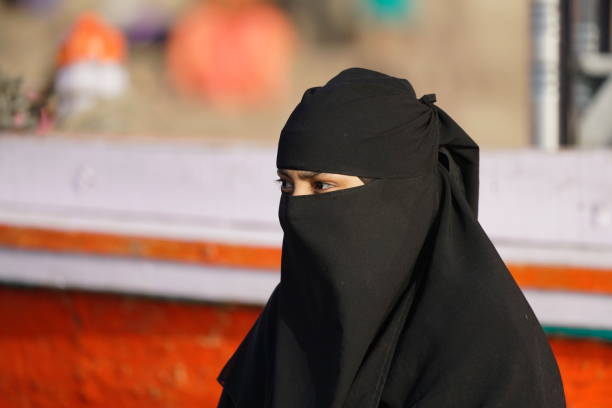
The traditional hijab is a rectangular piece of fabric that covers the head and is wrapped around the neck and shoulders. This classic style provides full coverage and is often worn by women in more conservative societies. The size of the traditional hijab varies, with some opting for larger pieces that drape over the shoulders and others choosing smaller sizes that only cover the head.
3.The Shayla

The Shayla is a long, rectangular hijab that is commonly worn in the Arabian Peninsula. It is usually made from lightweight fabrics and is worn loosely, allowing the fabric to flow gracefully over the shoulders. The Shayla is often draped over one shoulder, creating an elegant and feminine look.
4.The Al-Amira
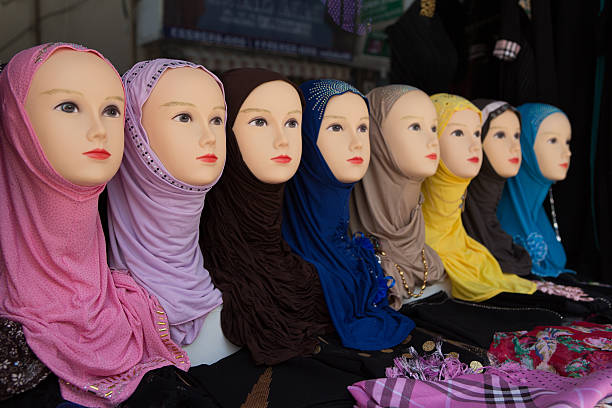
The Al-Amira is a two-piece hijab consisting of a fitted cap and a matching headscarf. It is popular in the Middle East and is favored for its simplicity and ease of wear. The cap is worn as a base, covering the hair, while the headscarf is wrapped around it. The Al-Amira is known for its snug fit and versatility, making it suitable for everyday wear.
5.The Khimar
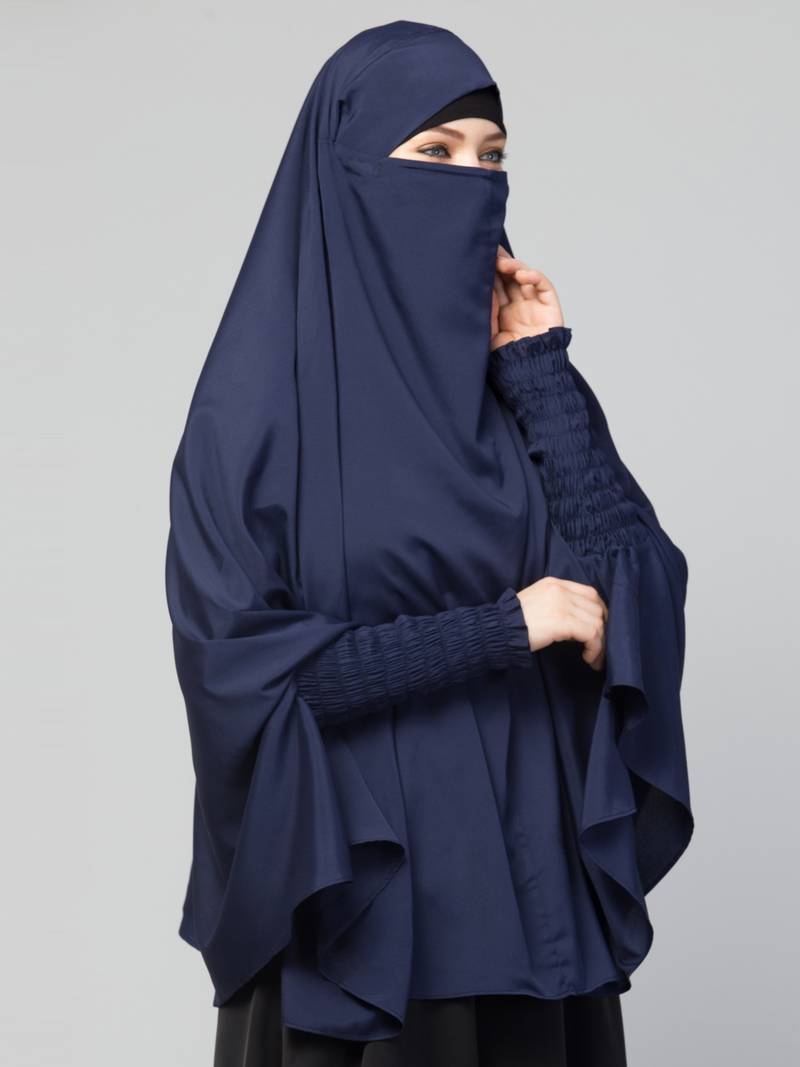
The Khimar is a flowing cape-like hijab that extends from the head to the waist or beyond. It typically covers the shoulders and upper body while leaving the face exposed. The Khimar offers a more modest option for those seeking additional coverage without compromising on style. It is available in various lengths, allowing women to choose the size that suits their preferences.
6.The Turban Hijab
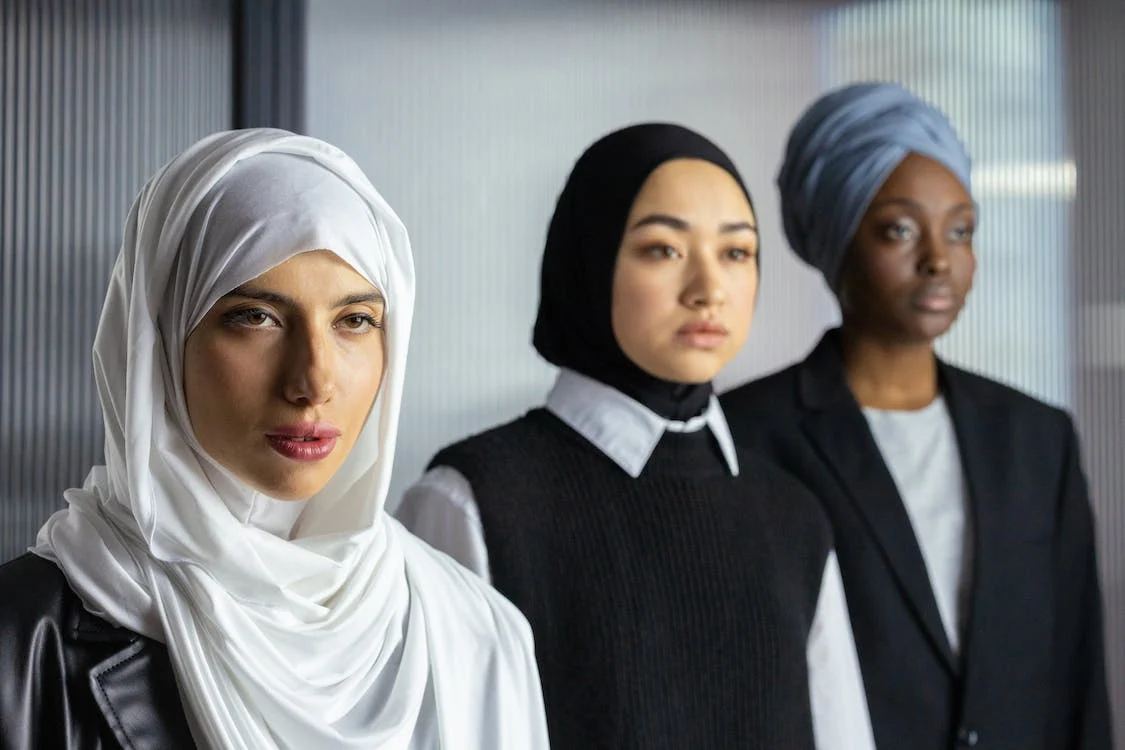
The Turban hijab has gained popularity in recent years as a trendy and fashionable alternative to traditional hijab styles. It involves wrapping a long rectangular scarf around the head, creating a turban-like effect. The size of the turban hijab can vary greatly, with some opting for a voluminous look and others choosing a more streamlined and understated style. This hijab style allows for creativity and personal expression.
7.The Square Hijab
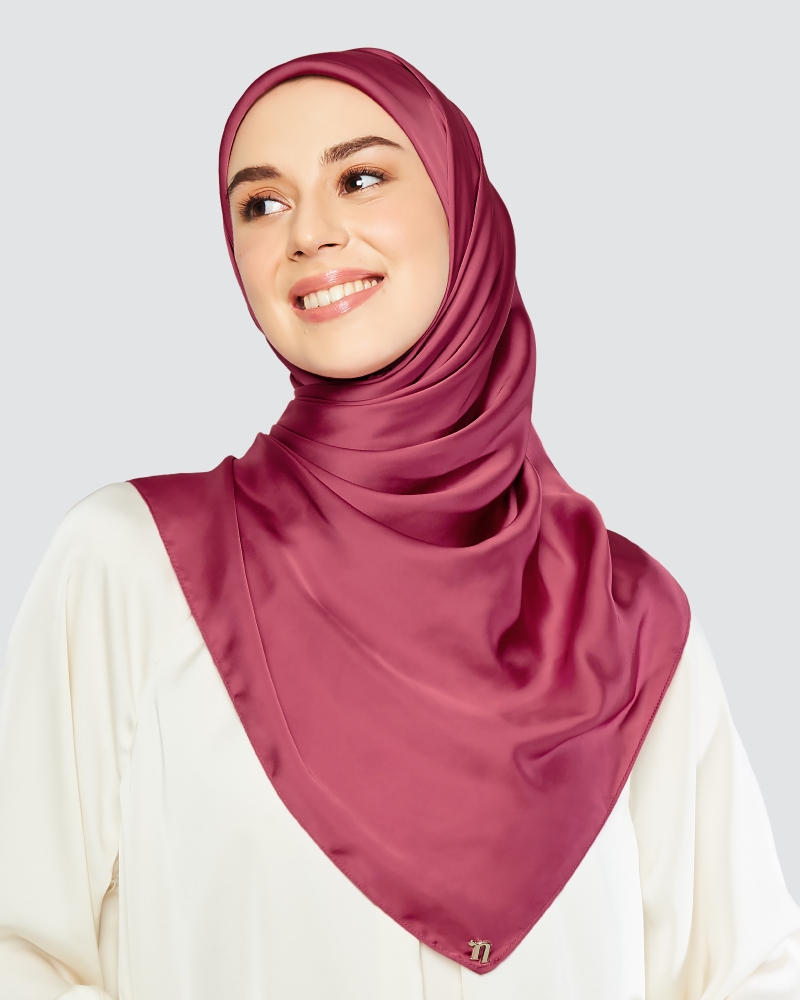
The square hijab, also known as the “shayl,” is a large square-shaped scarf that can be folded and worn in various ways. It offers versatility in terms of size, as it can be draped loosely for a more relaxed look or folded tightly for a more structured appearance. The square hijab is favored by women who prefer ample coverage and the ability to experiment with different styles and folds.
Conclusion
The world of hijab fashion is a testament to the diversity and individuality of Muslim women worldwide. The different sizes of hijab offer choices for women to express their faith while embracing their personal style. From the traditional rectangular hijab to the modern turban style, each size has its own unique appeal. It is crucial to celebrate this diversity and recognize that there is no one-size-fits-all approach to hijab. By exploring the various sizes of hijab, we honor the autonomy of Muslim women to choose what makes them feel confident and empowered, all while respecting their religious and cultural beliefs.










